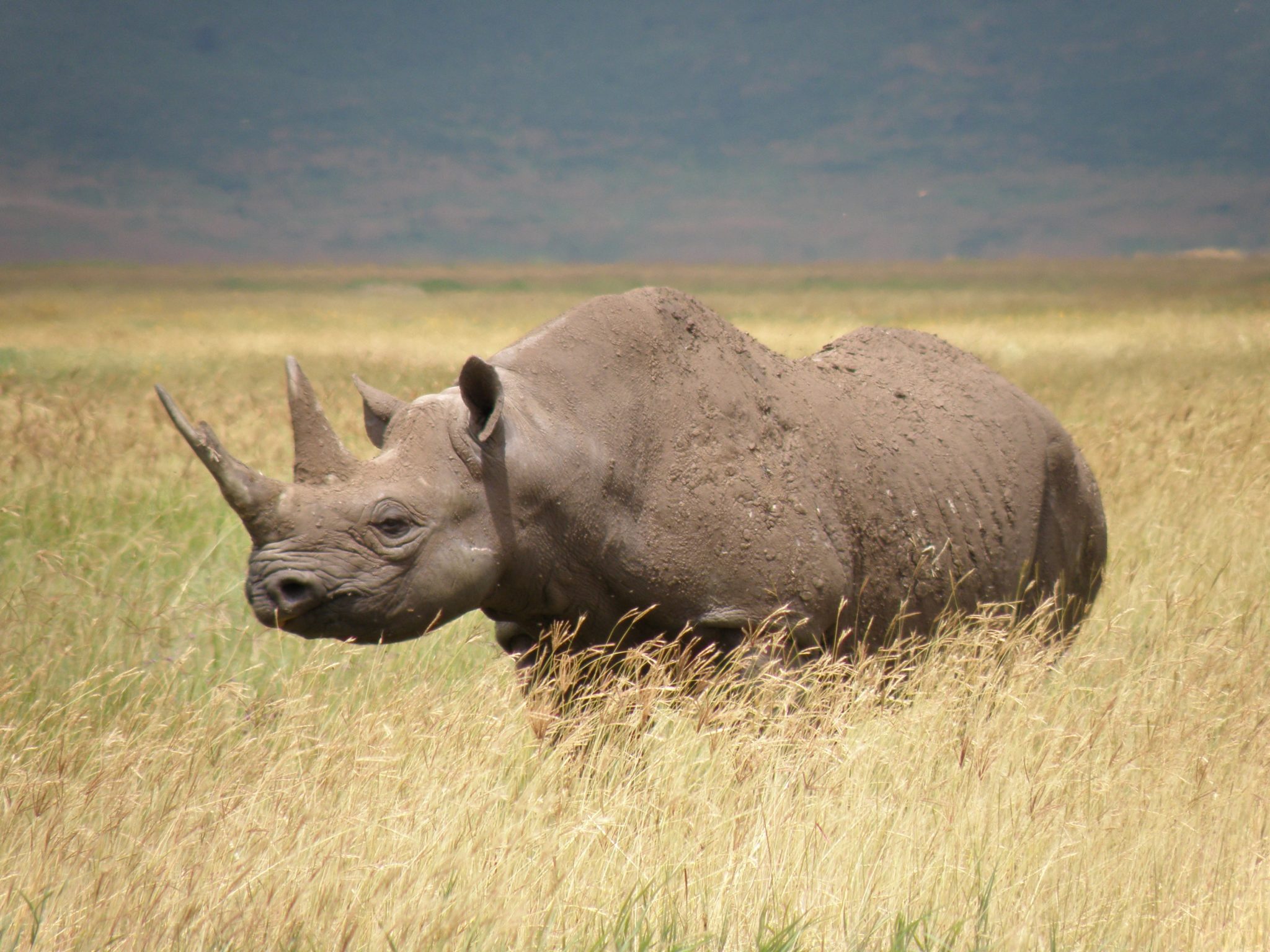
#The rhinoceros skin#
The thick folded skin of the Indian rhinoceros has been portrayed as something more like armour plating. To the modern eye it does not appear to be a very realistic depiction of a rhinoceros.

It is thought to have sold as many as 5,000 copies in Durer’s lifetime and was to become the iconic image that Europeans turned to describe the rhinoceros until well into the eighteenth century. He made his own drawing of the animal and soon produced the woodcut that proved to be one of the most commercially successful of its time. He did see descriptions of the animal, and even a sketch, sent from Lisbon to Nuremburg by eyewitnesses. Developments in printing technology meant that his “Rhinoceros” could be reproduced in much greater quantities than previously and priced to be within the reach of the less wealthy.ĭurer never saw the rhinoceros himself. His woodcuts had made him one of the most famous and successful artists in Europe. His skill can be seen in the delicate shading and the intricate patterning of the animal’s hide. Its arrival caused a sensation and attracted crowds of visitors for several months eager to see for themselves an exotic creature from antiquity that had been newly rediscovered.ĭurer was a master of the woodcut and had brought greater artistic vision and intellectual depth to the medium. It was to be housed in the King’s menagerie at the Ribeira Palace in Lisbon. They're shrewd for their own ends, & impure.The animal had been shipped to Lisbon in 1515 as a gift to King Manuel I of Portugal by Afonso de Albequerque the governor of Portuguese India. Living as a conqueror, the king of beasts. Intent on the ending of craving & heedful, With mind unenmeshed in this family or that,įirm in effort, with steadfastness & strength arisen, Showing no greed for flavors, not careless, Taking off the householder's marks, like a coral tree Like a fire not coming back to what's burnt, In the world's sport, love, or sensual bliss, Seeing this drawback in sensual strands. There would be careless talk or abusive."īewitch the mind with their manifold forms. The prudent one, cutting all household ties, Without resistance in all four directions,Īs well as those living the household life.Ĭutting off the householder's marks, like a kovilara tree

Keep in mind, though, that the singularity of the rhinoceros' horn reinforces the image.Īs noted under I.1, there is evidence suggesting that the verses here were originally separate poems, composed on separate occasions, and that they have been gathered together because of their common refrain. Thus, because wandering "like a rhinoceros" sounds more natural than wandering "like a horn," I have chosen the former rendering. However, in a translation, it's necessary to choose one reading over the other. Thus, for example, in Dhp 329 (repeated below), one is told to "wander alone like a king renouncing his kingdom, like the elephant in the Matanga woods, his herd." It's possible that the rhinoceros was chosen here as an example of solitary wandering both because of its habits and because of its unusual single horn. Still, some scholars have noted that while the Indian rhinoceros is a solitary animal, rhinoceros horns don't wander, and that in other verses in the Pali canon, the phrase "wander alone like." takes a person or an animal, not an animal part, for its object. The commentary, however, insists that this term refers not to the animal but to its horn, for the Indian rhinoceros, unlike the African, has only one horn. The text literally says, "Wander alone like a 'sword-horn,' which is the Pali term for rhinoceros.

Translator's note: The refrain in this sutta is a subject of controversy.


 0 kommentar(er)
0 kommentar(er)
